Sierra Leone, a smallish coastal nation of 7 million in the West African tropics interlaced by savannah and forest and grassland, was well on its recovery path from a hard bout with Ebola from 2014-2016 when the Covid-19 pandemic arrived.
Medical care in the country is still hard to access in large parts of the country. While Sierra Leone was one of the first western African nations to receive COVID-19 vaccines—beginning its vaccine rollout in March 2021—by March 2022, Sierra Leone had only 14 percent of its population vaccinated. That was up from five percent two months previous.
On the strength (12 mass vaccination campaigns in 2022 and three in 2021) and strenuous efforts to reach remote parts and populations of the country, a year on—as of March 2023—Sierra Leone had administered 7.8 million doses of COVID-19 vaccines.
37.9% of Sierra Leone’s total population has now been vaccinated against COVID-19 and in December 2022 Sierra Leone reached the target of vaccinating 70% of their adult population.
These photos, shot near the end of 2022 among isolated villages and dense forest in the northern district of the country, illustrate essential scenes in what is an extraordinary collective effort.
The community nurses and mobilizers in the Northern Province district of Bombali, as in other parts of the country, strive hard to reach what are very remote communities and villages. Nurses Kai and Koroma from the Masselleh Community Health Post, some 20 kilometers by rugged dirt road from the regional city of Makeni.
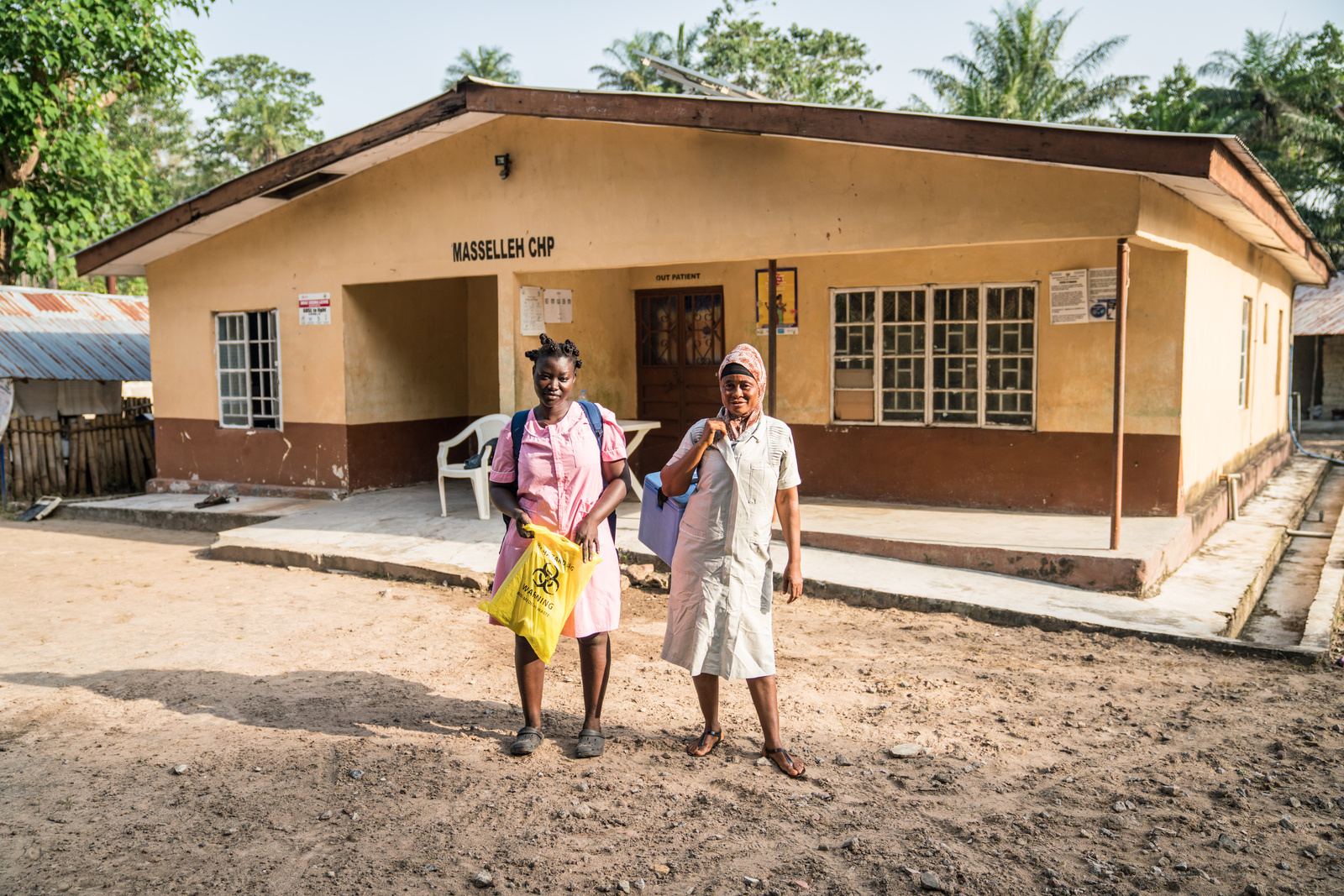
Photo credit: WHO / UNICEF / Michael Duff
Nurse Kai (right) and Nurse Koroma (left) are heading out from Masselleh Community Health Post to conduct mobile vaccination clinics on 8 December 2022. Nurse Koroma is Nurse In-Charge; she has been a nurse for 28 years, with the last six years
being posted at this facility.
“The biggest challenge that we have is accessing the patients in the remote villages. Many of the communities can only be reached by bike or on foot, which becomes very difficult in the rainy season,” she says.
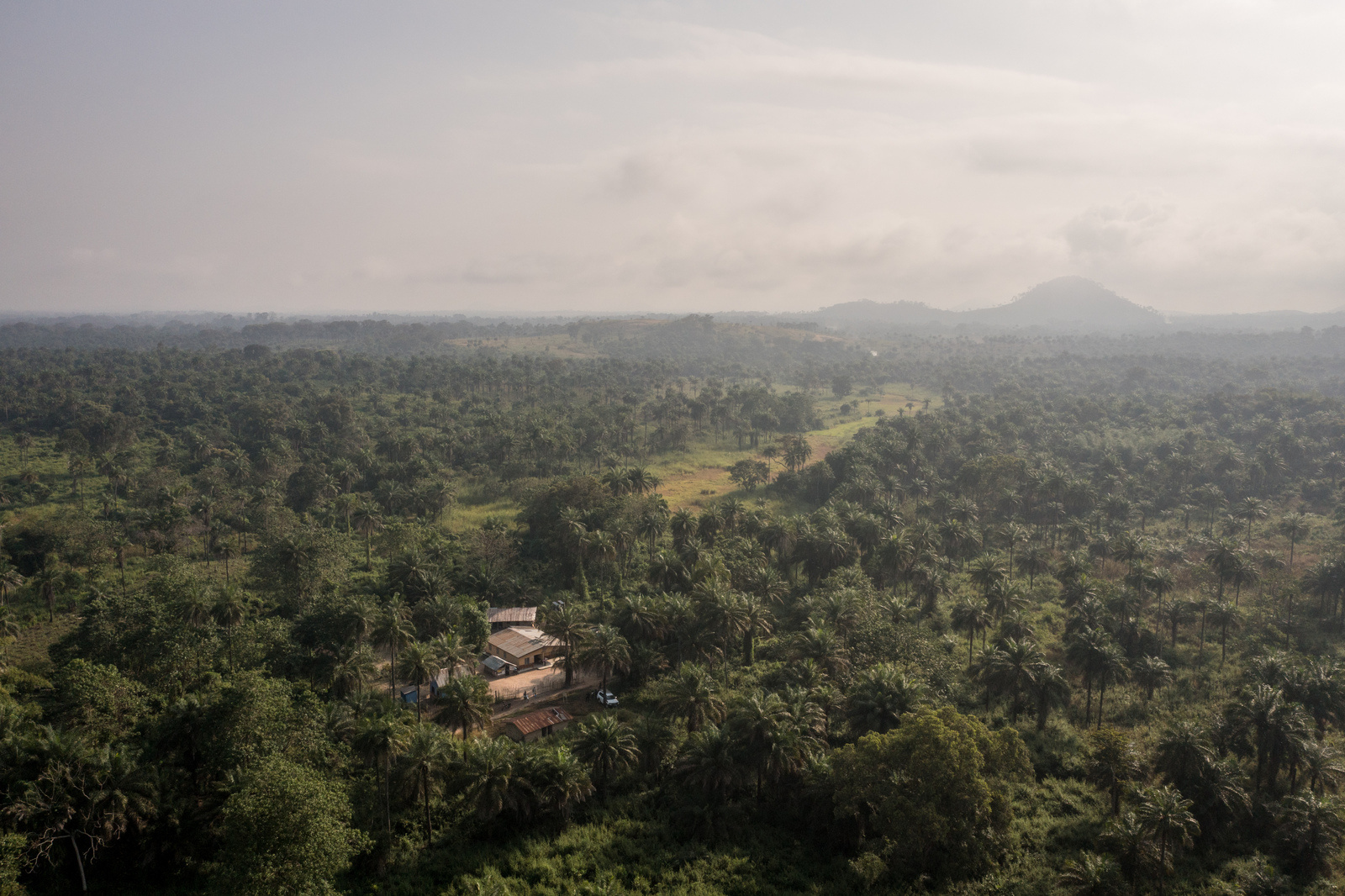 | 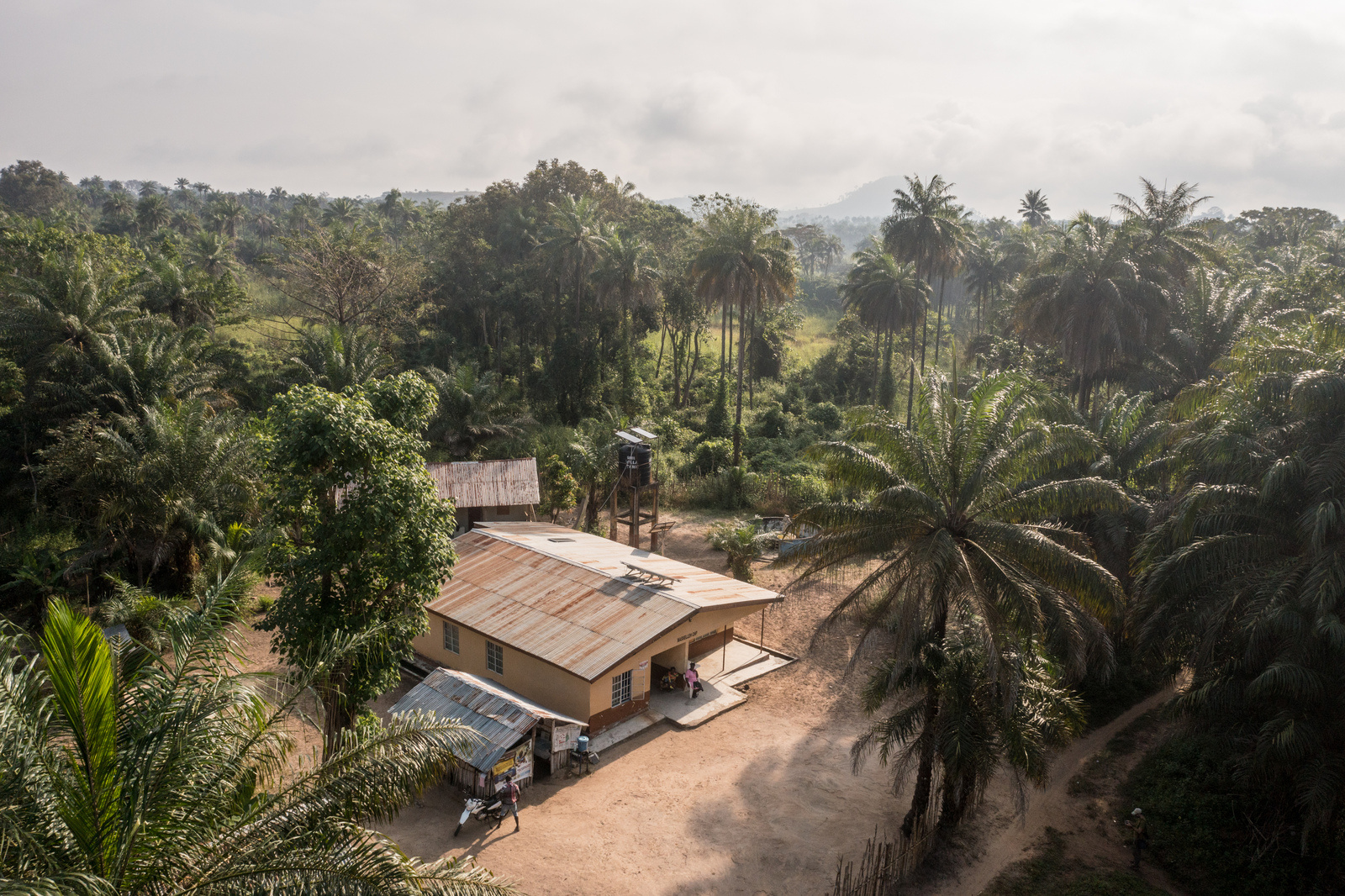 |
Photo credit: WHO / UNICEF / Michael Duff
The health facility is approximately 20 kilometres of dirt road from the nearest city, Makeni, and serves approximately 3400 people in its catchment area – mostly farmers in hard-to-reach communities.

Photo credit: WHO / UNICEF / Michael Duff
Masselleh Community Health Post serves approximately 3400 people in its catchment area – mostly farmers in hard-to-reach communities. Nurse Kai bundles her vaccines via local motorbike taxi to access hard-to-reach communities as part of the mobile COVID-19 vaccination team in Sierra Leone on 8 December 2022.
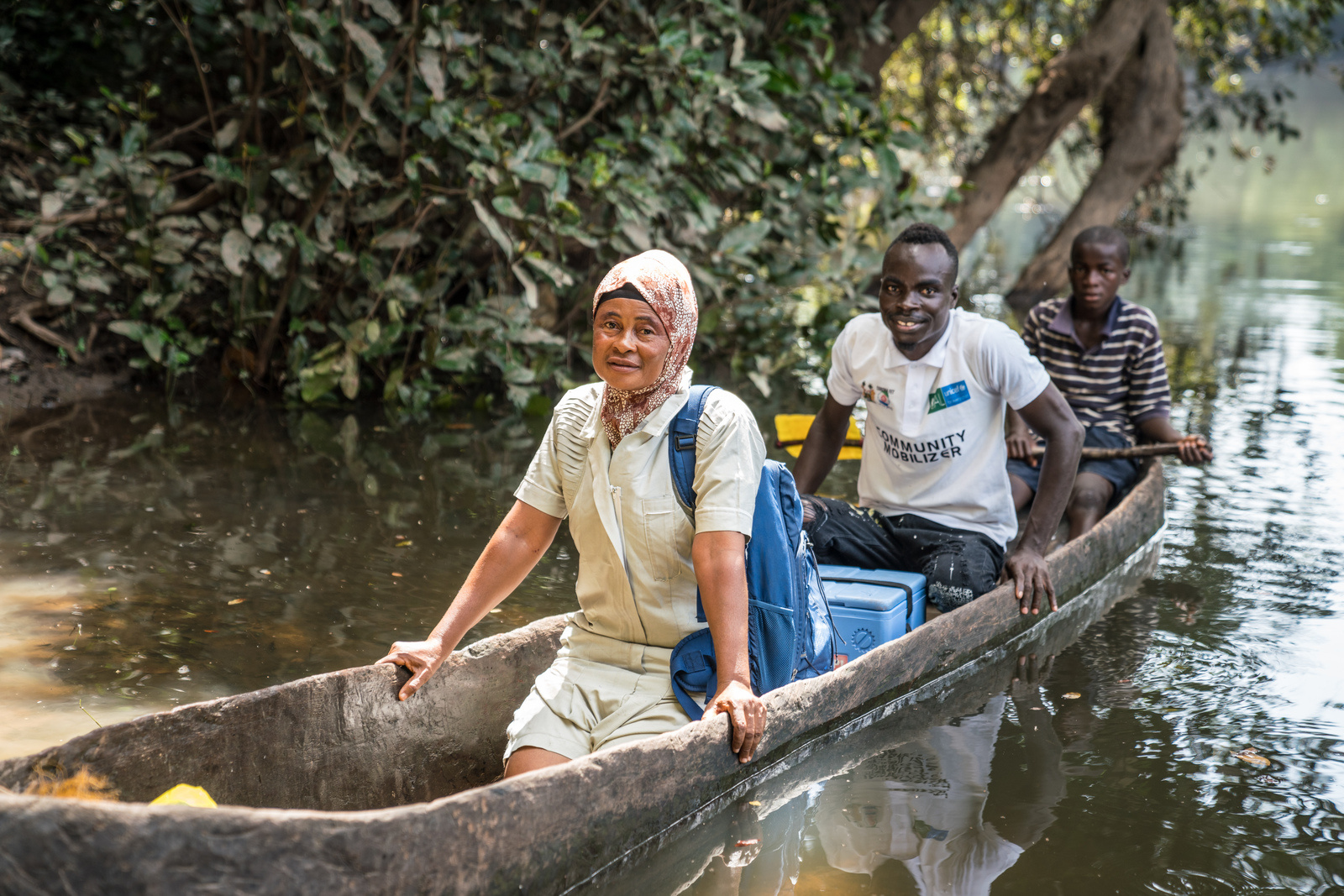
Photo credit: WHO / UNICEF / Michael Duff
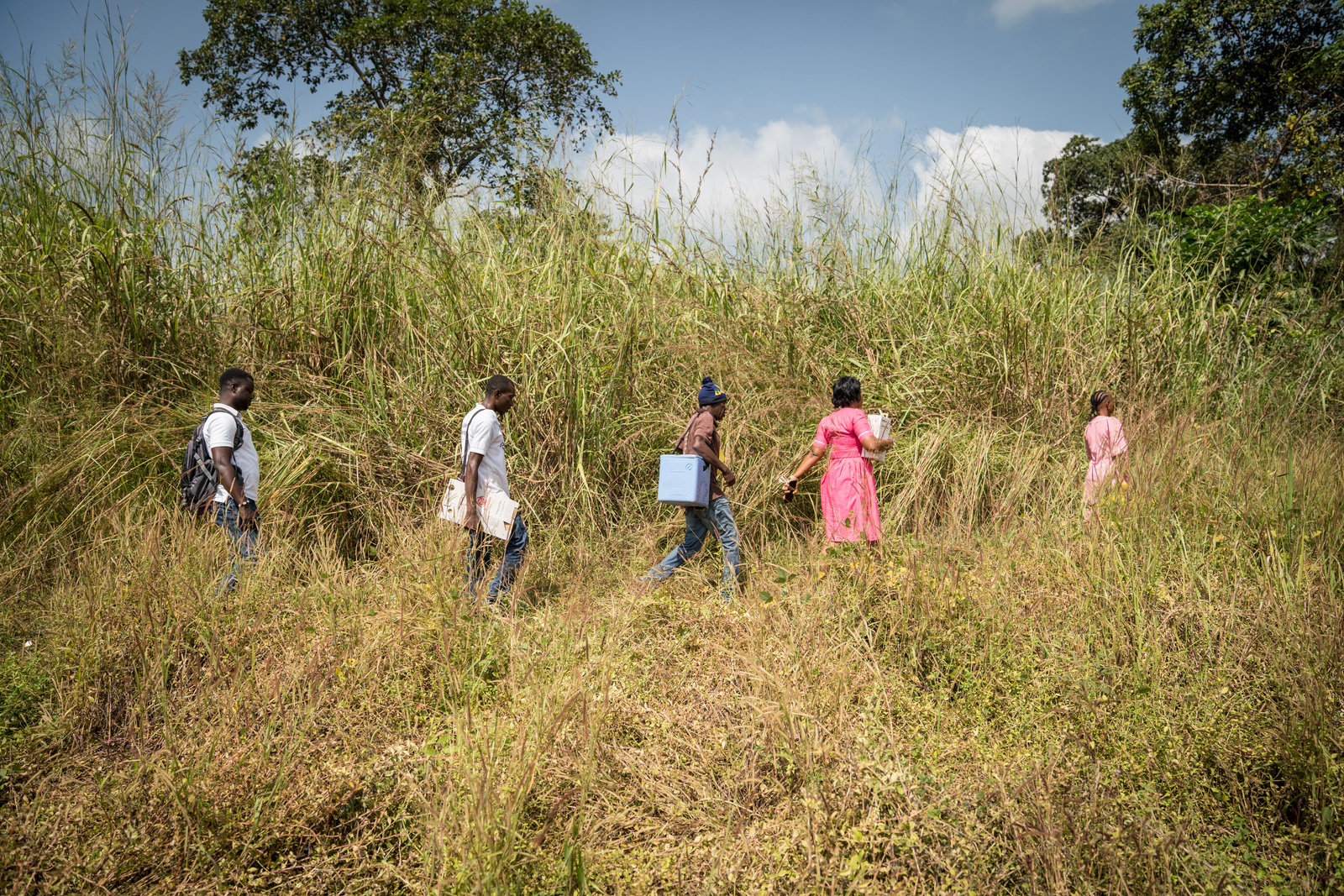
Photo credit: WHO / UNICEF / Michael Duff
The nearest health facility serving the villages is five kilometers away on small dirt roads often only accessible by motorbike or on foot. The two villages are separated by a one-kilometer track which requires crossing a locally made bamboo bridge during months when the river level is high. Many of Mansunthu’s 50 residents are elderly and unable to make the river crossing.
So nurses and community mobilisers do the walking. Here they walk to reach Mansunthu while conducting a mobile COVID-19 vaccine clinic on 7 December 2022.
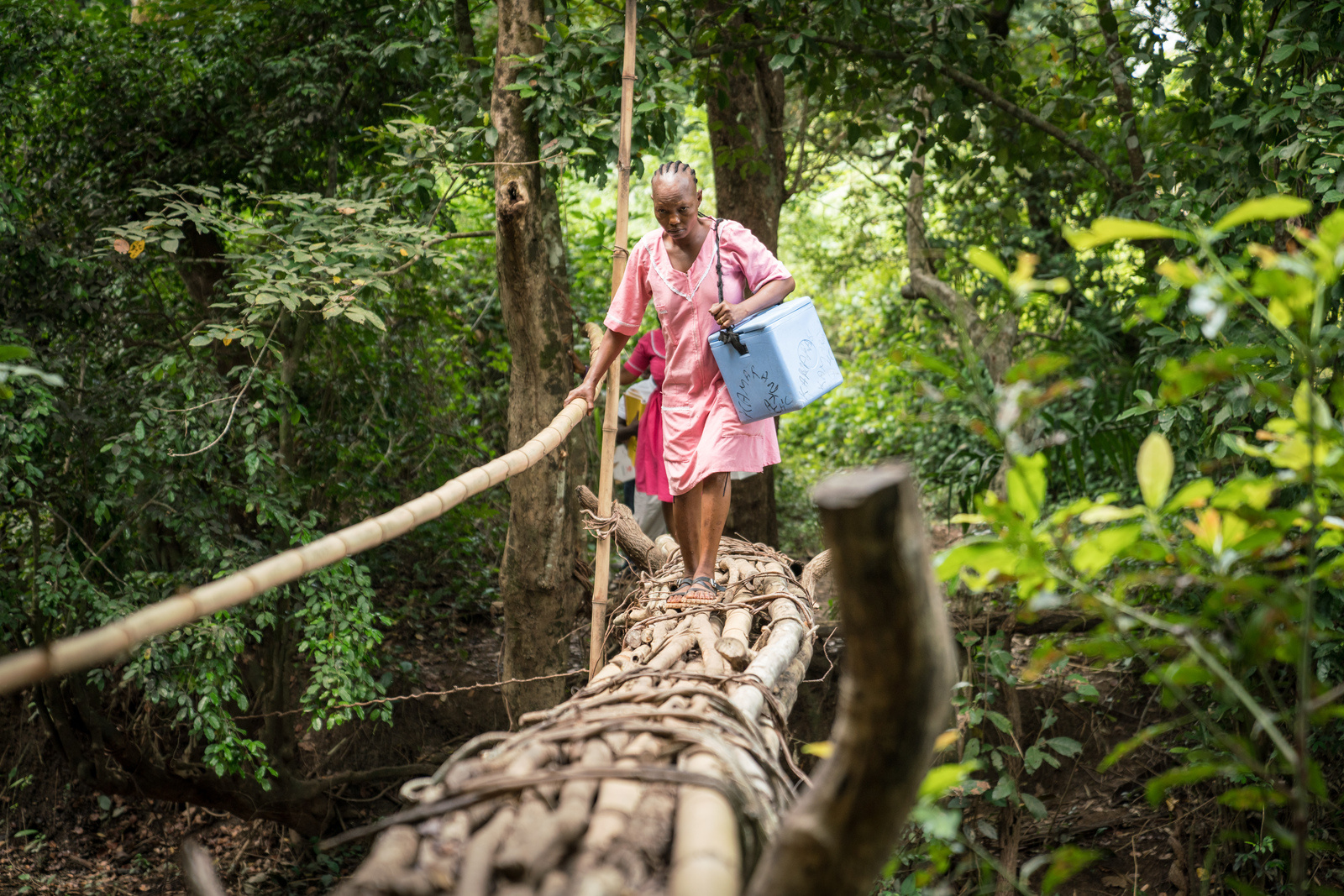
Photo credit: WHO / UNICEF / Michael Duff
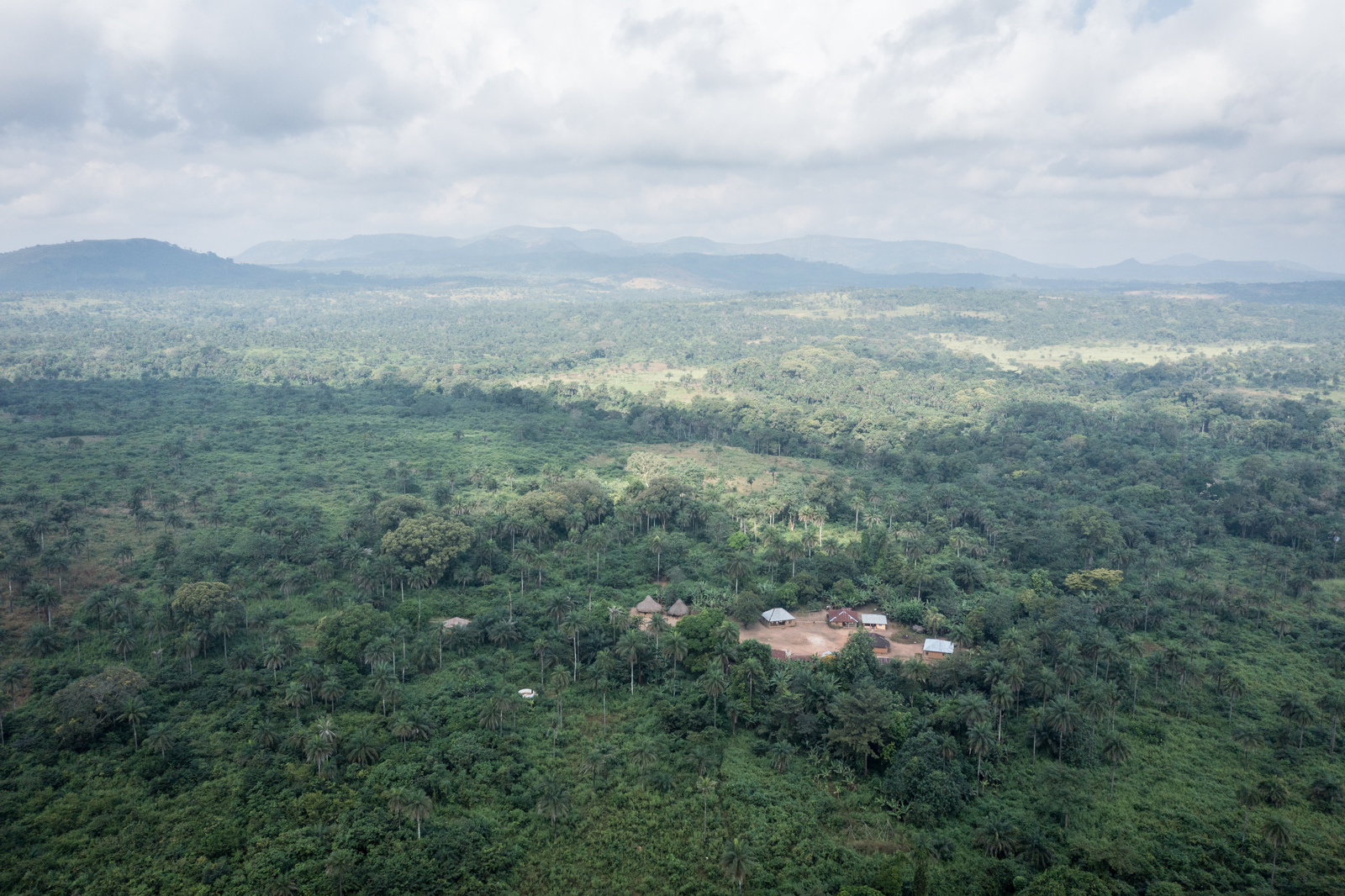
Photo credit: WHO / UNICEF / Michael Duff
Makontakay, a farming community, is home to 290 people and served by Masselleh Community Health Post. But to reach the post residents travel seven kilometers along small dirt tracks either by foot or motorcycle, with numerous water crossings. A narrow dirt track joins Makontakay with another village, Kamoi, most of whose farming residents do not have the resources to journey to the health post.
Mobile outreach campaigns are the only way that most community members are able to get vaccinated against COVID-19.
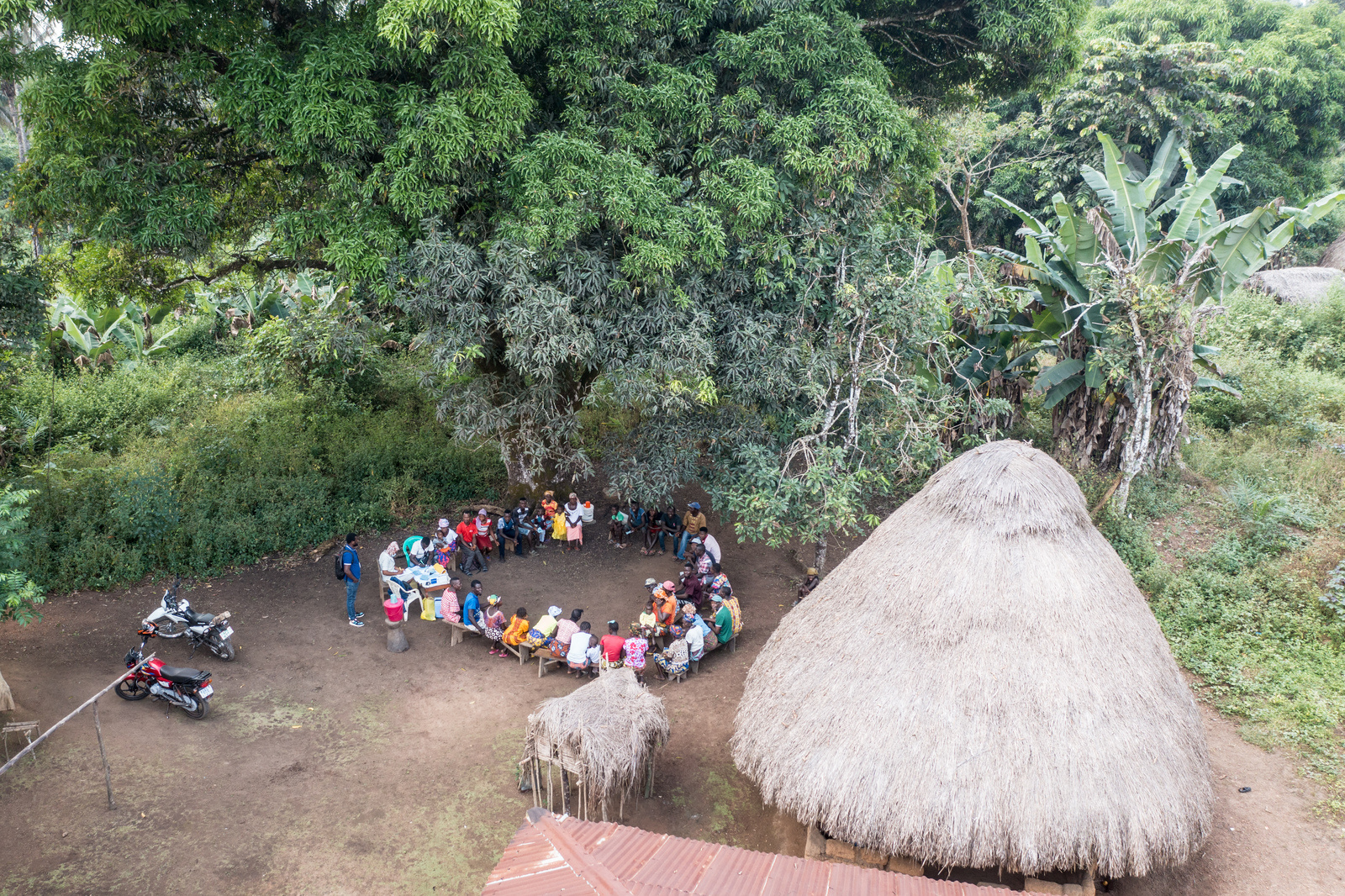
Photo credit: WHO / UNICEF / Michael Duff
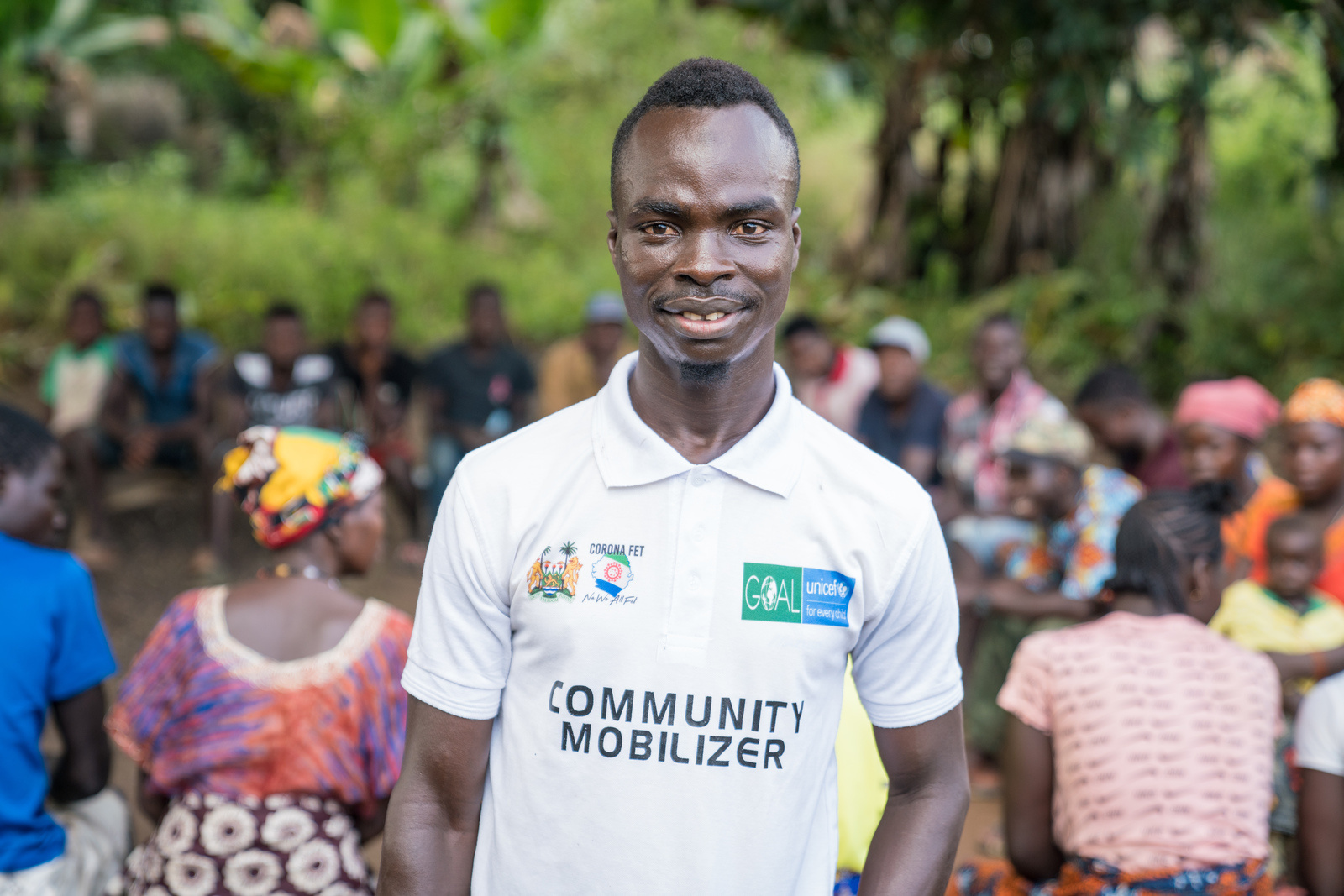
Photo credit: WHO / UNICEF / Michael Duff
“I feel really good to be able to help my people. I can see their health improving and I know I am contributing that that,” he says. In speaking with residents about COVID-19 Jeremiah is also able to engage people about drinking clean water, hygiene, malaria prevention and general health.
“As a mobiliser we are role models, so it’s important that people see us doing the right thing like taking the COVID-19 vaccine. When others saw that I took the vaccine, it gave them courage to take it themselves.”
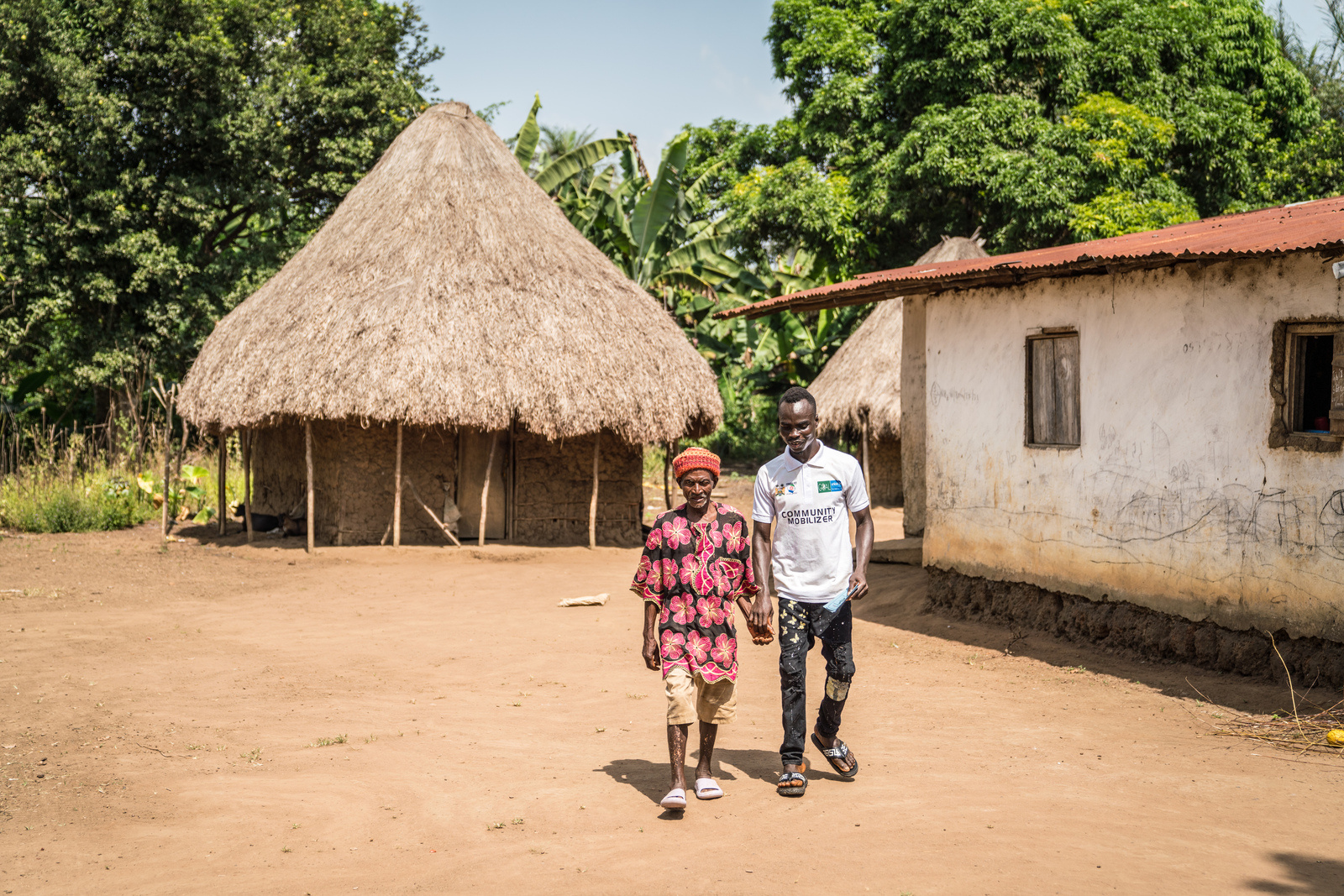
Photo credit: WHO / UNICEF / Michael Duff
Amara suffers from partial blindness and limited mobility due to his age; after speaking with Jeremiah, Amara is getting first dose of COVID-19 vaccine. Due to vision and mobility issues he does not leave the village. This is the only way Amara will get his shot.
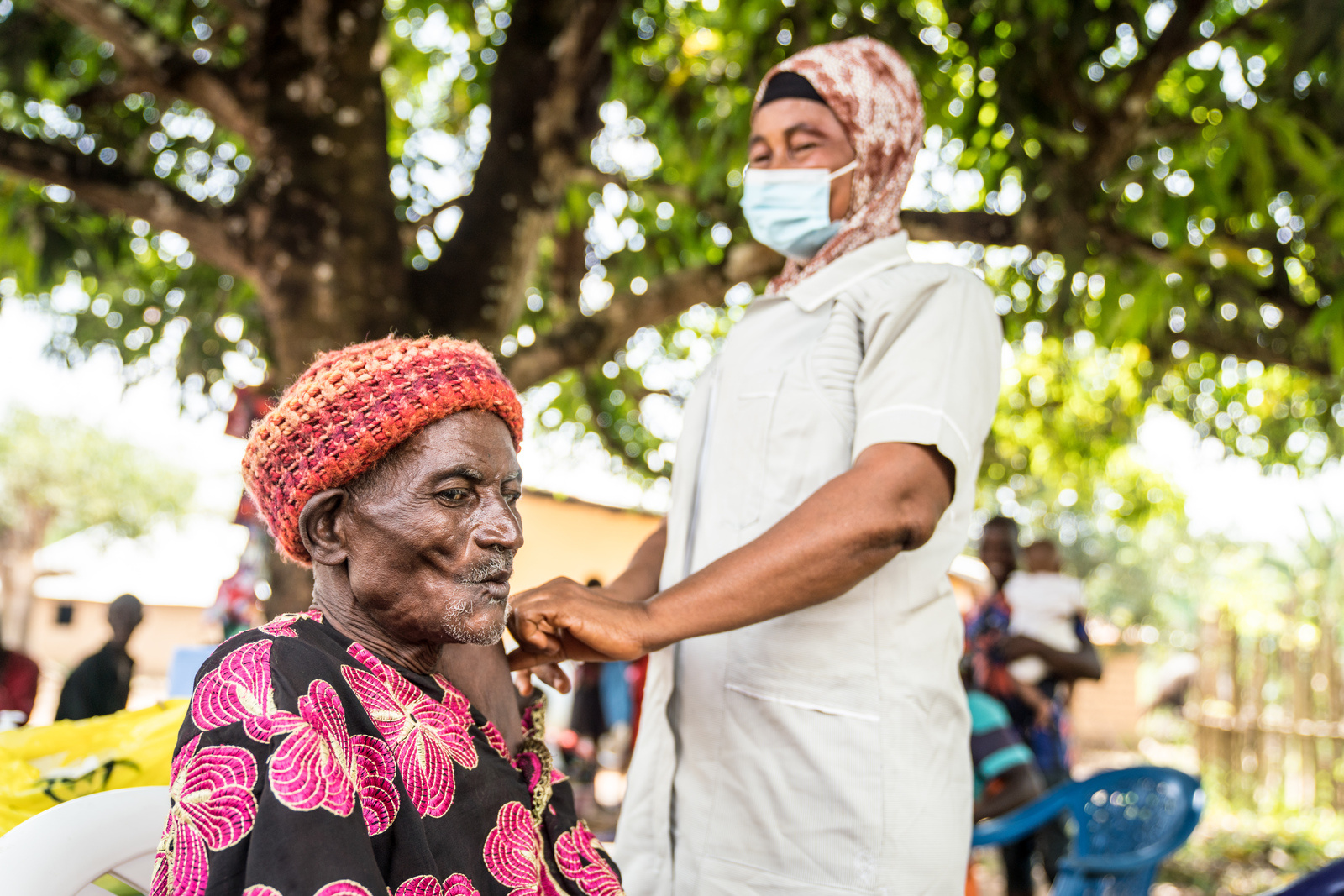
Photo credit: WHO / UNICEF / Michael Duff

Photo credit: WHO / UNICEF / Michael Duff
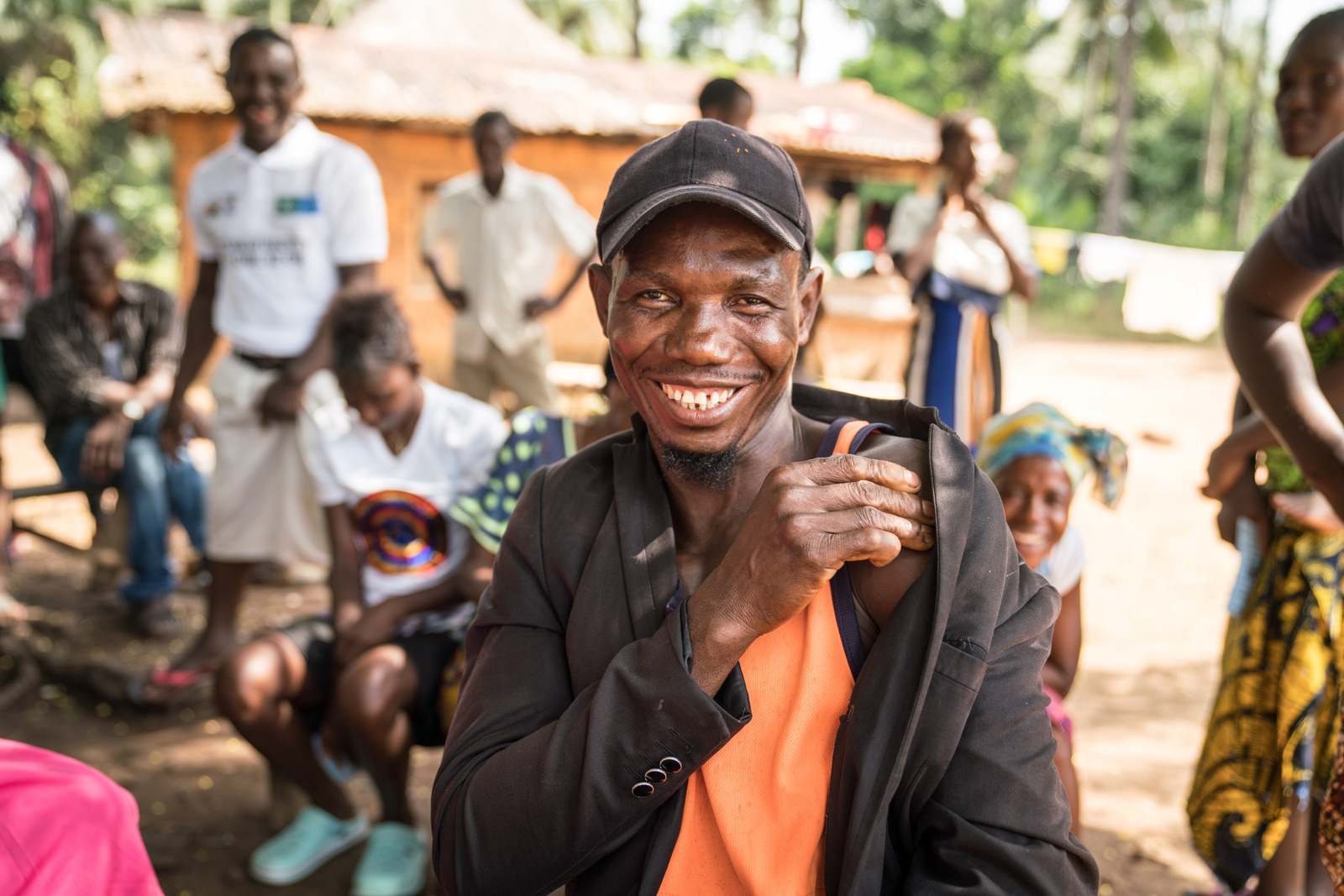
Photo credit: WHO / UNICEF / Michael Duff
“I was afraid before - I thought I would die if I had it,” he said. “But when I saw my friend take it, I thought it must be fine. I’m really happy now because I don’t want to be the only one without it! When they come back for the booster I will get that too.”
Here Sheka is shown on 7 December 2022 after receiving his first dose.
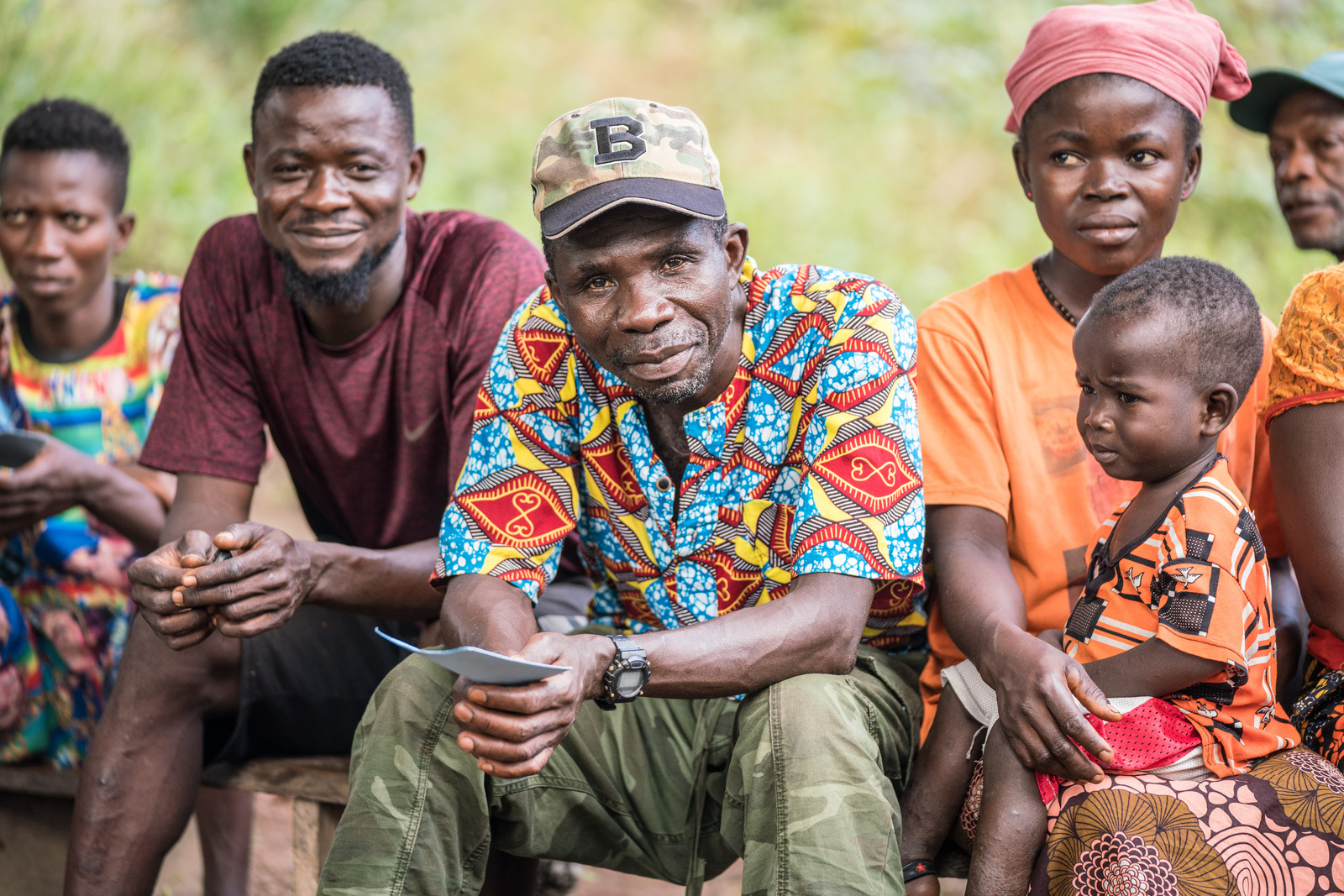
Photo credit: WHO / UNICEF / Michael Duff
“I’m really happy that they brought the vaccine to our community,” he said. “It is really important that they come here with the vaccine because most people in this community are farmers and can’t afford to get to the town. If not for these teams most people here wouldn’t have been vaccinated.”
“Before the mobilisers came, we were all very afraid to take the vaccine. No one wanted to take it because they thought it would kill them. But when they came and talked to us about the virus and the vaccine most of us changed our minds. Many people here have even had three doses!”
----------------------------
In January 2022, WHO, UNICEF and Gavi established the COVID-19 Vaccine Delivery Partnership (CoVDP) to intensify support to COVID-19 vaccine delivery. Working with governments and essential partners, CoVDP provided urgent operational support to the 34 countries that were at or below 10% full vaccination coverage in January 2022 on their pathways toward achieving national and global coverage targets. The greatest benefits of this approach were increases in full vaccination and booster coverage for in both general and high-priority populations – older adults, healthcare workers, and persons with co-morbidities, including immunocompromised persons.
Read more about the COVID-19 Vaccine Delivery Partnership.
 |  |
